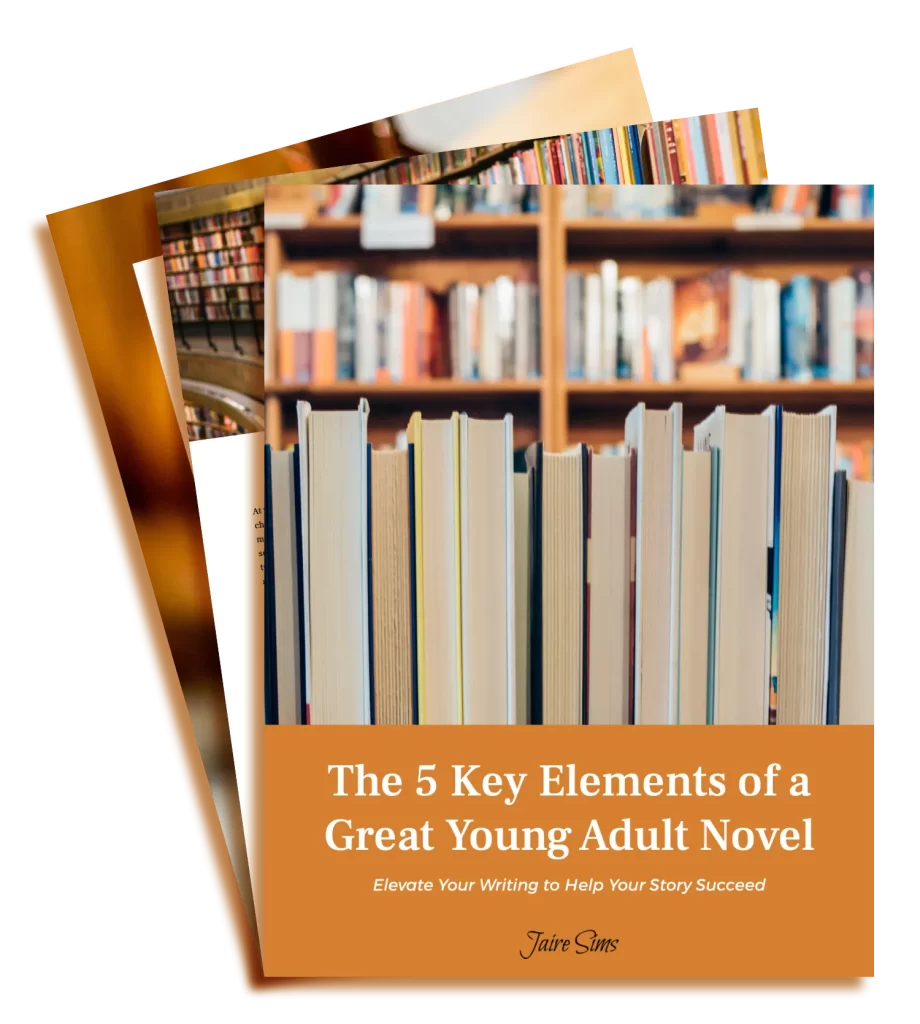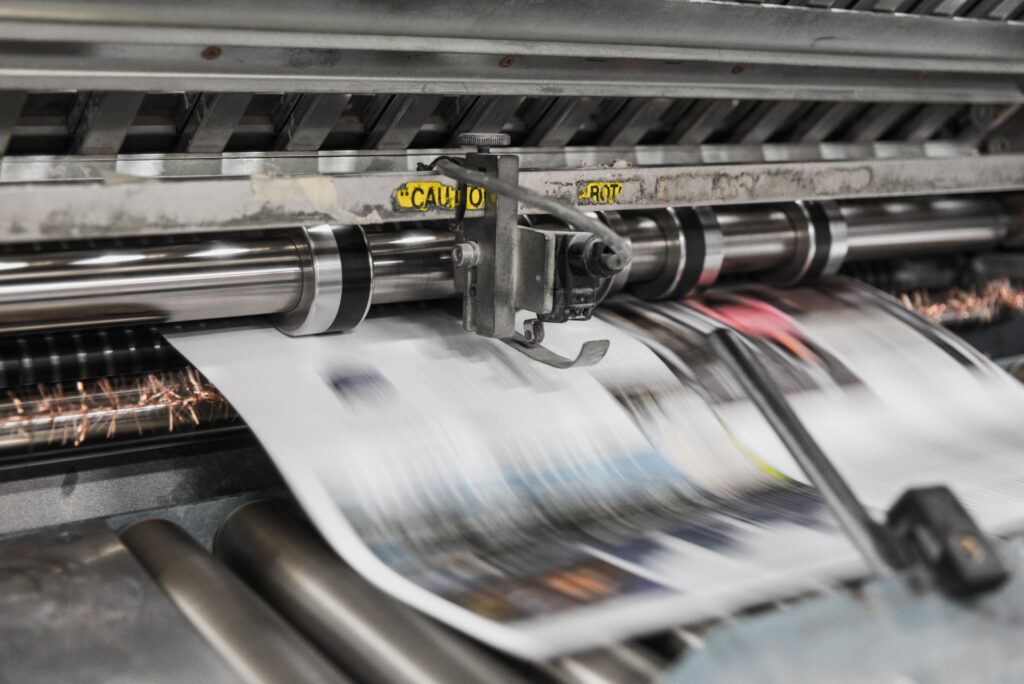Rounding Up the Top 10 Writing Tools I Recommend Every Aspiring YA Author Uses
Aspiring authors have access to many tools to help them write. Here are 10 writing tools for YA authors.
In many ways, writing is a solitary endeavor between authors and their writing implement of choice. However, even one of the seemingly simplest crafts has been iterated over the years. Aspiring authors have access to numerous tools to help them in every facet of publication.
Even since I started writing Getting By, new tools have cropped up that any YA novelist or otherwise can use to get their book onto shelves. As I’ve been writing my subsequent novel, a few have come on my radar, and I want to share some of the most accessible tools for aspiring authors like you!
Before we get into the top 10 writing tools for YA authors, let me preface by saying none of this is paid advertising, so these are my honest reviews, and you can draw your conclusions from my list.
Top 10 Writing Tools for YA Authors
For proofreading, there are tons of applications out there that double-check spelling and grammar as you type. Most word processors have it built right into the software, after all. But signing up to use a program specifically designed to analyze text and catch repetitive writing, word use, tense, phrasing, and various other factors takes what your word processor can do a step further.
If you’re a writer, you’ve probably heard of Grammarly. Its free access gives you a lot of power without needing to break the bank. And while it’s been getting smarter in the age of AI, you’ll still need to be mindful of accepting every suggestion it makes for you. It’s a great tool to help you smooth out the worst of your manuscript, but again, it’s not to be used in lieu of an editor.
A similar tool to Grammarly, but I recommend it as an alternative. You get less use out of the free version than you do with free Grammarly, but the paid version of ProWritingAid has a lot of power to offer authors.
It still seems to do a much better job of minding the style and structure, giving comprehensive reports on your writing. And with that, it teaches you to be a better writer. If you have room in your budget for $10 per month, you can’t really go wrong with what ProWritingAid has to offer.
Yet another application that came in handy while I wrote Getting By, Hemingway focuses on text readability. It’s a great free tool to use in conjunction with free Grammarly to get closer to what paid ProWritingAid can do for your text. While it lacks integration options of other proofing software, that’s not really a deal breaker when the free service offers so much for your writing.

If you’re someone that does best talking through their ideas, dictation software is an excellent resource. Let it do the work of writing out your story while you talk it through; then, you can go back later and refine it. For some, this speeds up the writing process immensely, getting ideas on the page fast and from anywhere.
Descript is a cost-friendly version with a lot of excellent features. While the free version only allows one hour of dictation a week, the next package tier offers ten hours at only $12 monthly. If you prefer this method, it’s a great price point for a tool to help you work faster.

Something many first-times novelists overlook is how their work sounds aloud. But it’s so invaluable having your words read out loud, especially dialogue scenes, to ensure everything sounds natural to your ear. I can’t tell you how many times something I wrote sounded better in my head than it did on the page and read out loud.
For that, the free application of Acapela Box works perfectly. I made liberal use of it when writing Getting By, and I even recommend it in my course. You can choose from a variety of voices, so whatever sounds best to you, and let it read away. It’s good for pointing out repetitive words and some misspellings, giving you an early jump on proofreading so there’s less work for your editor (who is a must-have!)
The 5 Key Elements of a Great Young Adult Novel
Actionable Building Blocks to Set You on the Path to Success


Having a word processor on hand seems like a no-brainer; it depends on what you like to use. Pages are native to Mac platforms, but Windows users can still access them via browsers. Conversely, Word is native to Windows but isn’t proprietary, so you can install it on Mac devices, and it has a browser-based version, too.
But for the best ease of use, I turn to Google Docs. Anyone with a free Google account has a free Drive with limited storage capacity (but that’s hard to fill if all you’re creating are documents!) So long as you know your username and password, you can access your writing from anywhere on any device with internet access.
That kind of freedom is brilliant for a writer. Plus, if you know you’ll be off the grid, you can still download an offline version of the document to work on until you rejoin civilization again.
If you don’t want to fuss with formatting your book for publication, Reedsy Book Editor is a fantastic all-in-one app that helps authors get their stories ready for shelves faster. The word processor portion lets you organize your writing structure so it’s easy to navigate between chapters.
Once you’ve finished a draft, you can find authors through their marketplace interface who can collaborate with you on your document and refine your manuscript. Afterward, it lets you create a distribution-ready file that’s easy to shop for publishers or printers.
Now, as a writing interface, it’s pretty basic. The real value in Reedsy comes with access to a community of other authors, professional editors, and everything else that can help you publish your first book. After all, the site began explicitly to support aspiring authors!
Like Reedsy, Scrivener is for the writer who wants their book organized as they write instead of having to format from a word processor to make it publication-ready. For writers who like to plan and create outlines, descriptions, and everything else for their novels, the interface keeps it all in one place and is designed for authors to easily navigate through.
It’s also useful for writers of all kinds. The only downside to this robust tool is that you need to pay for it (but the one-time purchase can be worth it for the peace of mind it can provide!) Thankfully, you can do a free trial and see if it’s worth your investment.

When you’re done with revisions and feel ready to share your book with the world but would like a little help with the publishing process, many services support independent authors. You can, of course, try to get it out there on your own, but it’s worth investing in a service that can help. From reviewing your manuscript to creating cover art and connecting with distribution, it makes the whole process less stressful.
That’s why BookBaby is on this list. They were accommodating when it came time to publish Getting By, and I checked out a few options. If you’re like me and want to retain control of your book and its journey, connecting with BookBaby can ensure a smooth process.
They put together some excellent cover art, offered valuable insights on my manuscript, and I had the whole novel read for physical and digital print in no time (I mean, it felt like forever as I was so eager to share my book, but it wasn’t that bad).

One of the most critical pieces of your novel is the cover. It can set the tone for your entire story and determines if people will even pick up your book in the first place. For many, turning to professional artists, illustrators, and graphic designers is the way to go. However, if you have some talent, you can save money and do it yourself.
For putting together your cover art, GIMP is a reasonably powerful freeware alternative to the likes of Adobe Photoshop. For those with design skills, you can manipulate photos and typography to create the perfect cover to sell your novel. As it is free, it is a bit clunkier and less up-to-date than established platforms like Adobe’s Creative Cloud suite or Affinity, but the price is right!
There’s really no excuse for budding authors to make their publishing dreams a reality. Beyond this list are many other tools to suit your tastes and help you get the job done. Even if you prefer to write manually, it will eventually get digitized, and this list should offer enough options to get anyone started on their authorial journey.
YA authors (well, ALL authors) have enough to worry about, so at least these writing tools for YA authors can streamline most of the process for you. All that’s left for you to write! If you have any questions about these tools and others I’ve used, email me at jsims@jairesims.com. I also share a lot of handy tips and tools on my social media, so give me a follow!







